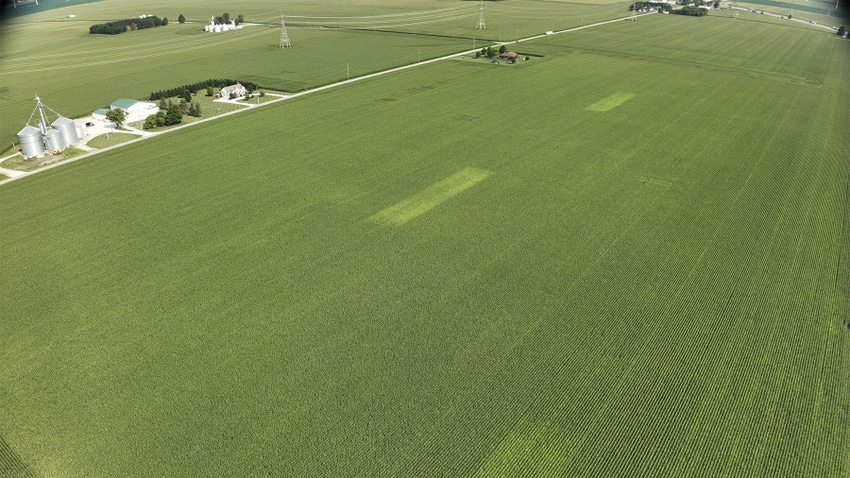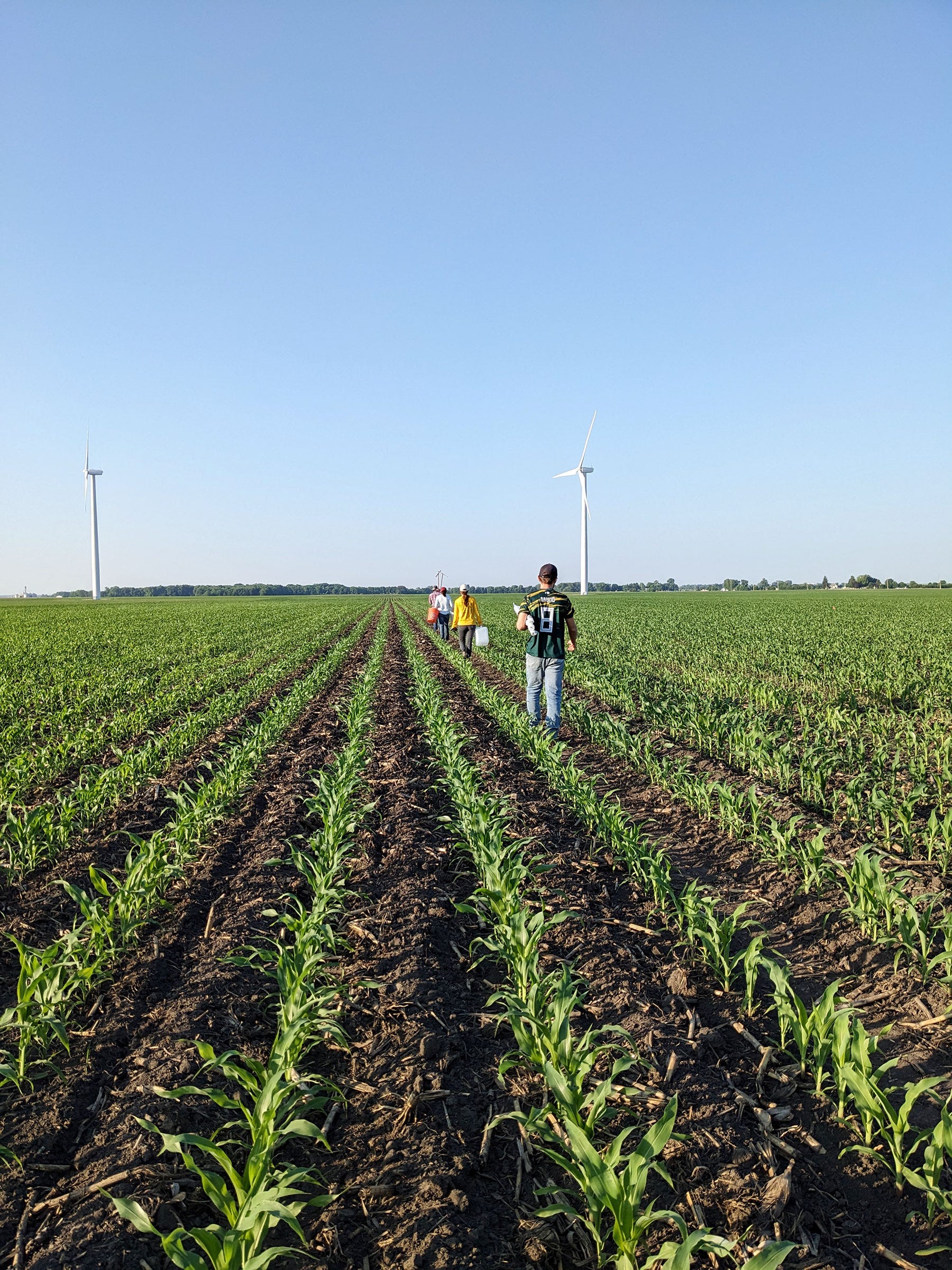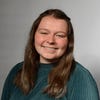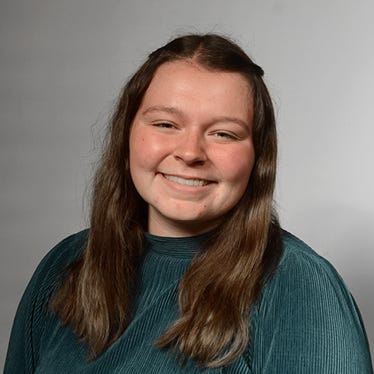March 27, 2024

As it has developed, variable-rate technology has helped farmers save time and money. However, there is still work to do to determine if variable-rate nitrogen applications truly pay off on the farm.
Ana Morales, a graduate student at Purdue, has worked with Dan Quinn, Purdue Extension corn specialist, over the past three years to experiment with variable-rate N applications in a variety of field settings. Their goal is to quantify the benefits of those applications.
Why try variable-rate N?
As with other variable-rate applications, variable-rate nitrogen applications are more efficient, thus saving money. According to Quinn, most farmers already have the technology needed to incorporate variable-rate prescriptions, so there typically are no large initial costs.
Doug Morehouse, Brookston, Ind., says already having the technology made it easy for him to decide to experiment with it. He has about 200 acres of corn in the research project being conducted by Morales and Quinn. Morehouse expects this experience to show him if cutting back on nitrogen is the way to go in his operation.
“Our rate that we’ve been using — which is kind of low compared to a lot of people — is actually the one that’s winning most of the time,” he says. “It’s nice to see somebody come in with a fine-toothed comb, do the research and know that we’re kind of on the right track.”
Adjusting his practices is something that Morehouse understands. He explains that he experimented with cutting back on his soybean populations in the past, and discovered he could maintain yield with lower populations. That win made it even easier to consider variable-rate nitrogen applications.
“We would have never gotten there if we didn’t push the envelope,” Morehouse says.
Quinn recognizes how easy it is to implement variable-rate applications now, especially with most farmers moving in the direction of the equipment and software required to use the technology. However, he says the environment will continue to be key in determining the success of variable-rate N.
Environment is determining factor
Quinn notes that it’s so challenging to make prescriptions for nitrogen because its fate is largely determined by the weather. “We don’t know what’s going to happen the rest of the year,” he adds.
He explains that producers can use all the information available to them — such as yield data, soil data, elevation data and other maps — to obtain a well-informed prescription, but the weather could completely throw that off target. That unpredictability is what deters producers from experimenting with variable-rate N applications.
When the environment messes with variable-rate prescriptions, it can negatively affect yields. Morehouse understands that he’s sacrificing yield by taking part in this research, but he’s grateful to continue learning through the project.
“Anytime you have an opportunity to get field-level tests done, I would encourage people to do it,” he adds.

RESEARCH PROJECT: The Purdue variable-rate nitrogen project conducted by Ana Morales and Dan Quinn spans three years. Their team has collaborated with farmers across Indiana to capture variety.
Morehouse insisted on reserving a few research blocks for no nitrogen application. He wants to see how that plays out, especially in a university research study.
“We need to know what zero is,” Morehouse says. He says one of the blocks is on old pastureland, and it yielded 15 bushels more than the other zero blocks. While he took yield hits on those zero blocks and some other lower nitrogen applications, he says he doesn’t need to win 100% of the time to make the technology worth it.
“We’re looking to get to that 60% to 70% win rate,” Morehouse says. “That tells us that we’re on the right track.”
What the research says
Morales and Quinn are hoping to find ways to bump up that success rate. Their project revolves around using unmanned aerial vehicles and satellite imagery to sense corn plants. That information would then help build a more accurate nitrogen prescription.
With a more accurate prescription, they may be able to combat some of the unpredictability that comes from the weather.
They found that the information needed to build accurate prescriptions comes too late in the season for the farmer to make a nitrogen application. Quinn explains that they can pick up nitrogen differences easily later in the season when the plants have used the N, but those changes are not as readily seen early in the season.
While that technology may not be the solution, it is a piece of the puzzle, Quinn adds. All those components will be needed to make accurate nitrogen prescriptions. For now, the topic calls for more research and gathering as much information as possible.
“The challenge we run into with variable-rate applications is that the technology is there, but we often don’t have enough background information that we can make those prescriptions,” Quinn adds.
Quinn says farmers can continue working with agronomists and retailers to develop prescriptions if they’d like to test out the technology on their own operations. They can also create their own prescriptions.
While some producers who have applied variable-rate nitrogen for years find that it saves them money, the overall success of these applications ultimately will depend on the farm.
“What you need to do is realize that your farm is so much different than every other farm,” Morehouse says. “You have to understand that what’s going on in your field and how you’re treating it may not be what works for your neighbors.”
About the Author(s)
You May Also Like






